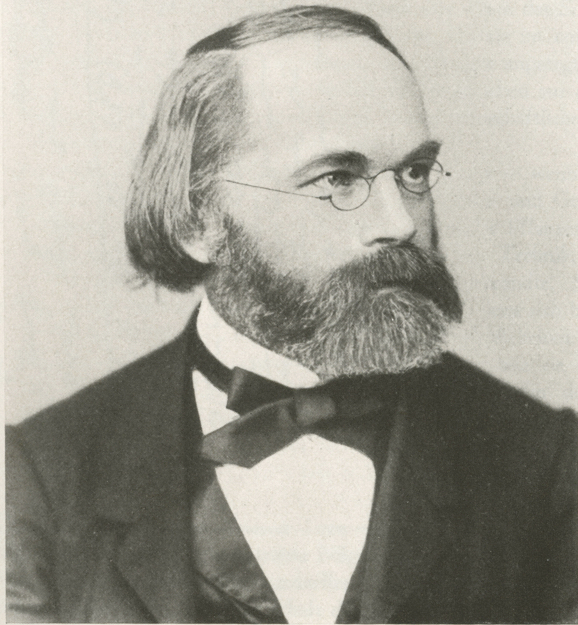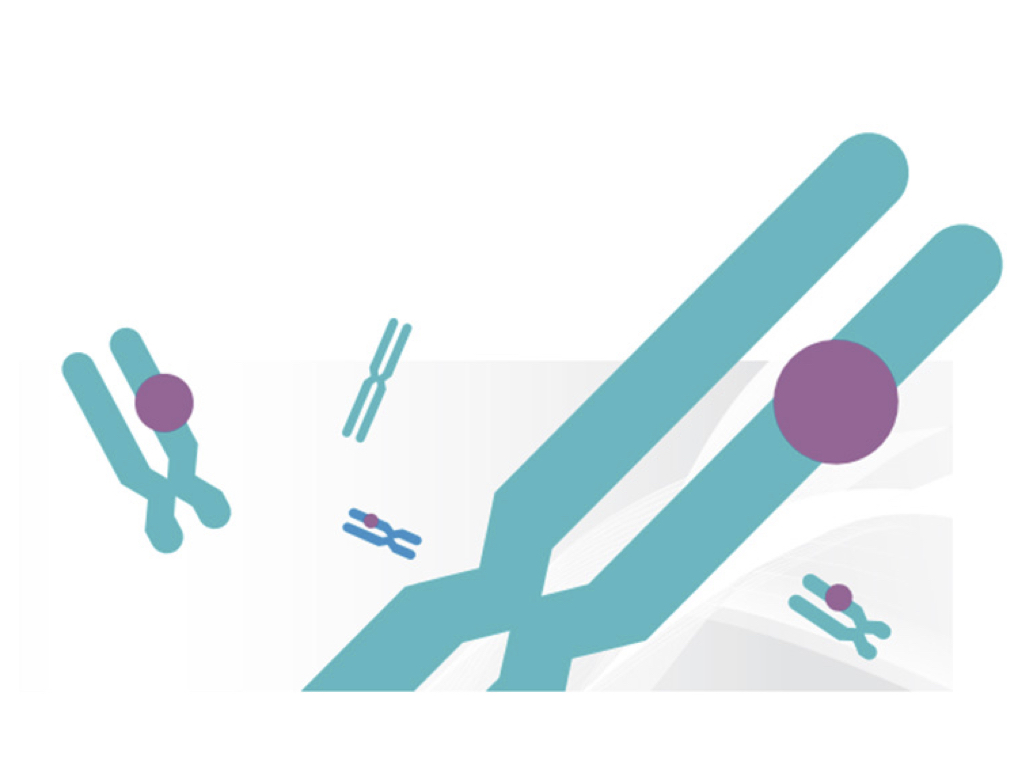Karyotyping is one of the most popular and renowned cytogenetic techniques used for a long time in the field of genetics. It is also considered as the gold standard method to study the chromosomes.
The genetics itself is a vast study field including so many interdisciplinary fields and study subjects such as molecular genetics, evolutionary genetics, microbial genetics, environmental genetics, metagenomics and population genetics etc.
Polymerase chain reaction and DNA sequencing are the two techniques commonly practised in studying all these subjects.
The cytogenetics- a field of genetics is the only interdisciplinary subject that only and only rely on the technique of karyotyping. Though, in recent times, microarray and FISH are also considered in the same field but karyotyping is the main technique of cytogenetics.
The technique karyotyping is actually a combination of several different techniques like the cell culture, cell harvesting, staining & banding and microscopy.
So many historical events, finding and discoveries make it possible to paint chromosomes through karyotyping.
In the present article, we are going to discuss some of the groundbreaking findings and discoveries in cytogenetics and in the field of karyotyping that are so important.
See this interactive: karyotyping- Step and procedure.
History of Karyotyping and cytogenetics:
The technique karyotyping is commonly employed in medical science, to evaluate chromosomal abnormalities associated with a patient or fetus.
But you don’t know that the technique was actually evolved from plants.
Yes, at the first glance when chromosomes observed by any human were the chromosomes of plants.
In 1842, a botanist from Sweden named Karl Wilhelm von Nageli first observed the plant nuclei and named it as “transitory cystoblast”. It was a thread-like structure in the nucleus of a plant cell.
Although he failed to describe it thoroughly.
Waldeyer had performed staining on what Nageli described, he named it chromosomes. The first chromosomes were observed by him in 1888.
Since now the structure of DNA was not explained and terms like genes, or genomes are not known to us.
Notably, before Wldeyer’s finding Walther Flemming had also observed the same type of structure in the animal cell in salamander during 1882.
The groundbreaking discoveries in the field of karyotyping was done after the 19s started. In the 1950 Moorehead and coworkers had explained the entire process of human karyotyping.
Although before that in 1912, Hans von Winiwarter had reported 47 and 48 chromosomes in spermatogonia and oogonia, respectively. Soon after in 1922, Painter established the diploid number of human chromosomes as 46.
Do you know?
For over 30 years science books stated human chromosomes as 48!
In 1956, scientists had established the correct number of human chromosomes as 46 and not 48!
Jau-hong Kao et al, first described the human chromosome classification system based on the Denver classification system.
Though, through the staining scientists could identify numerical abnormalities but not the structural one. Discoveries of various banding techniques makes it possible to paint chromosomes differently and investigators could possibly create various banding patterns on chromosomes.
Every pair of chromosomes have different banding patterns which was the base to investigate structural anomalies.
To boost the karyotyping, the first banding technique was explained by Caspersson et al which was the quinacrine banding.
Soon after, the second banding technique was developed by Pardue and Gall which was the centromere or c-banding technique, in 1970.
Related articles:
- A Karyotype of Down Syndrome
- A Karyotype of Patau Syndrome
- A karyotype of Edward Syndrome
- A karyotype of Klinefelter Syndrome
Pardue and Gall:
Performed C-banding on the mice chromosome and postulated that the central region of the chromosome is rich in the heterochromatin and repetitive DNA which was the centromere.
The centromeric banding facilitates localizing the centromere and heterochromatin region of the chromosomes.
Afterward, Goodpasture and co-workers had proposed the technique called NOR- nucleolar organizer region which was suitable to investigate the acrocentric chromosomes.
Their technique was the silver-nitrate technique to study the NOR regions.
The high-resolution banding technique was developed by Yunish to study chromosomes in a broader way.
The first human karyotyping abnormality was reported by Marthe Gautier and co-workers in 1958 in Paris.

Chromosomes were first reported by a botanist from Sweden Karl Wilhelm von Nageli.
Some of the karyotyping abnormalities and their discoveries:
In 1959, Jerome Lejeune first identified the trisomy 21 and denoted it as the chromosomal abnormality in which tree chromosome 21 occurs. Interestingly The condition was first reported by John Langdon Down in 1862.
The chromosomal condition Patau syndrome as trisomy 13 was reported by Klaus Patau in 1960 but much like the down syndrome, the condition was first observed by Thomas Bartholin in 1657.
In 1960, John Hilton Edwards had examined and explained the condition of trisomy 18 and from his name, it was named as Edwards syndrome.
One of the common causes of the chronic myelogenous leukemia (CML), the translocation between chromosome 9 and 22 was reported by Hungerfor and Nowell in 1959.
Related read: What is Karyotyping?
Summary of the article:
1657: Thomas Bartholin observed the symptoms of Patau syndrome
1842: Karl Wilhelm von Nageli observed chromosomes.
1862: John Langdon Down reported symptoms of Down syndrome.
1888: Wldeyer named it as chromosomes.
1912: Hans von Winiwarter reported human chromosomes as 47 and 48
1922: Painter reported the correct number of human chromosomes as 46.
1950: Moorehead and coworkers explained karyotyping technique and process.
1956: Tijo and Levan confirmed human chromosomes as 46 cytologically.
1958: Ford performed chromosomal analysis from the fresh bone marrow, first time in history.
1959: Jerome Lejeune cytogenetically explained the condition of trisomy 21.
1960: Klaus Patau cytogenetically explained the trisomy 13- patau syndrome.
1960: Hilton Edward reported trisomy 18.
Conclusion:
Karyotyping is a technique not evolved overnight, scientists across the world had experimented on so many assays and used so many chemicals to perform different functions.
Some tested the success while others failed. Some discoveries and findings are still unknown to us.
For example, the role of phytohaemagglutinin as a mitotic inducer was reported by Chrustschoof in Moscow before the discovery of actual cytogenetic technique.
Unfortunately, his recognition in literature is less.
I hope this short history article on karyotyping will help you in your future projects. To know more about karyotyping and related techniques you can read articles on our blog. Stay tune for our up coming ebook on karyotyping.



Good job! You certainly included all important points with this post. I want to read more from you. Do you write for any more blogs?
*Youre so cool! I dont suppose Ive read anything like this before. So nice to find somebody with some original thoughts on this subject. realy thank you for starting this up. this website is something that is needed on the web, someone with a little originality. useful job for bringing something new to the internet!